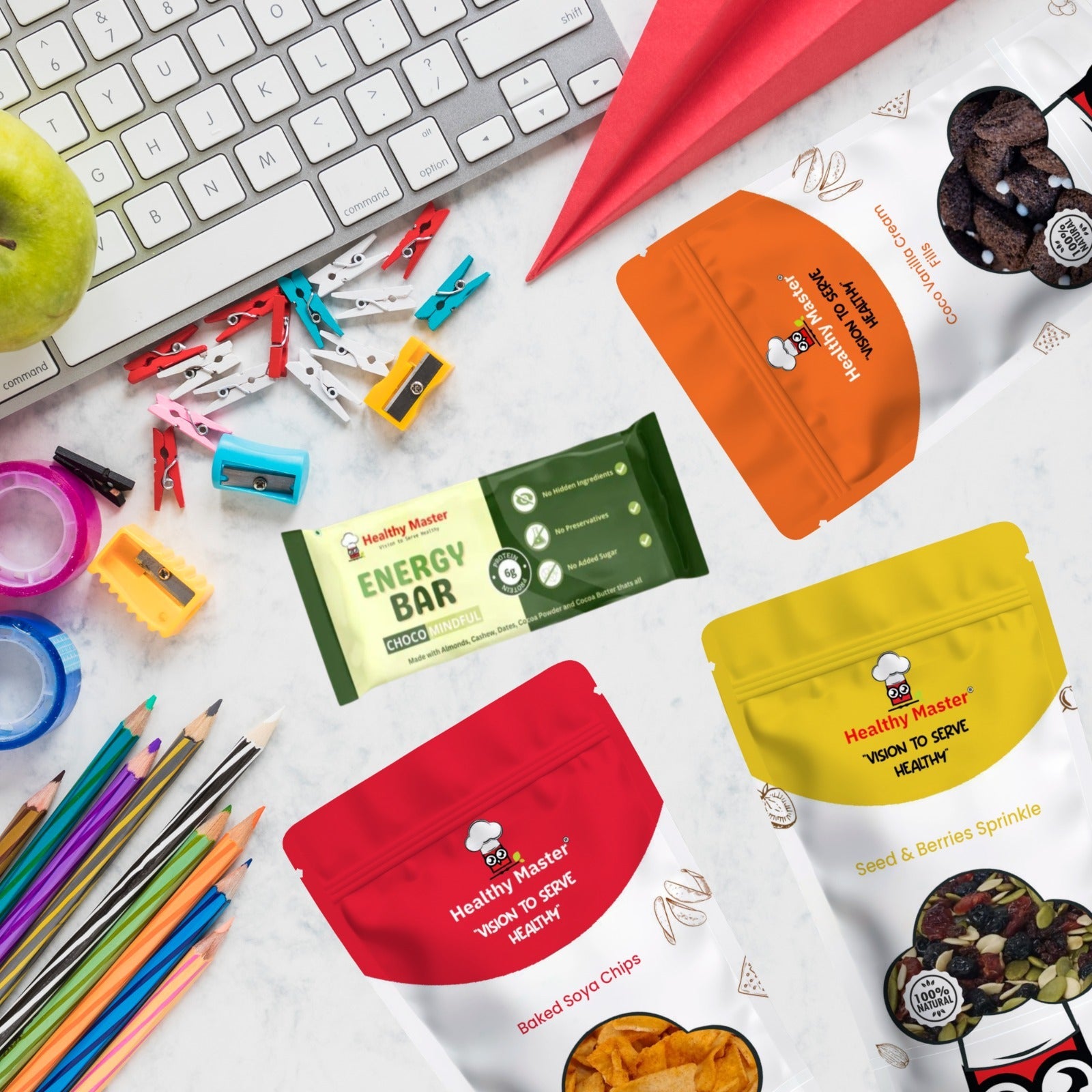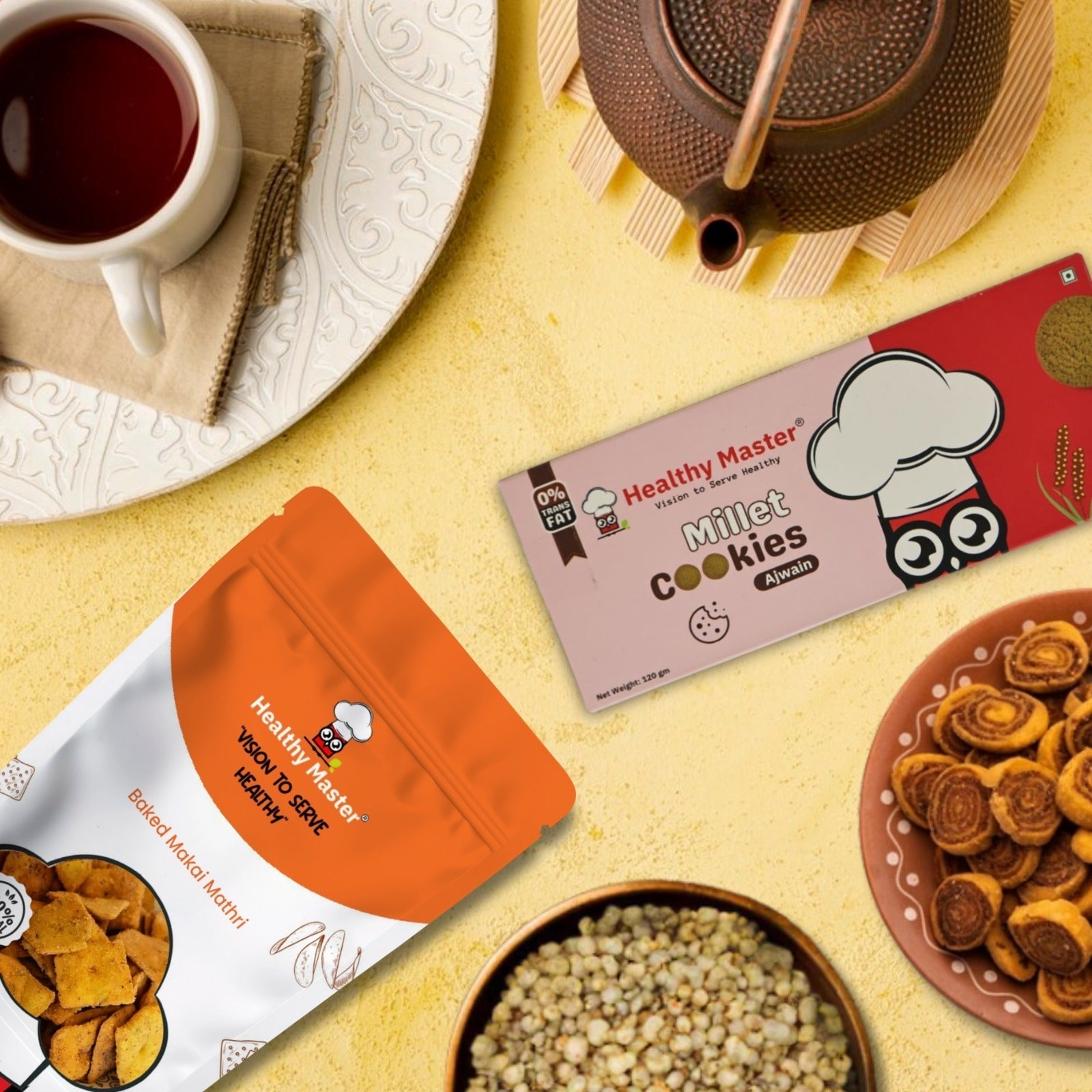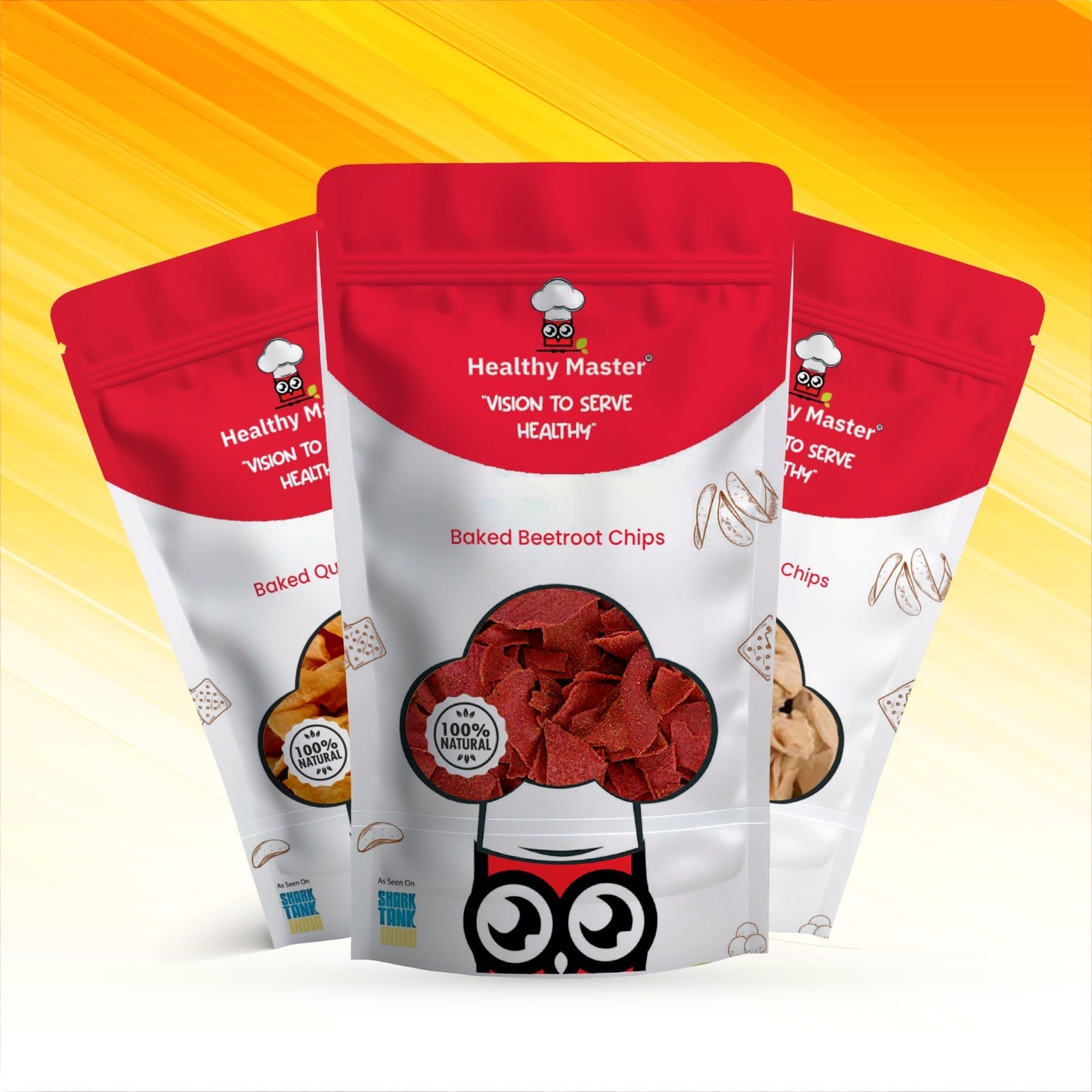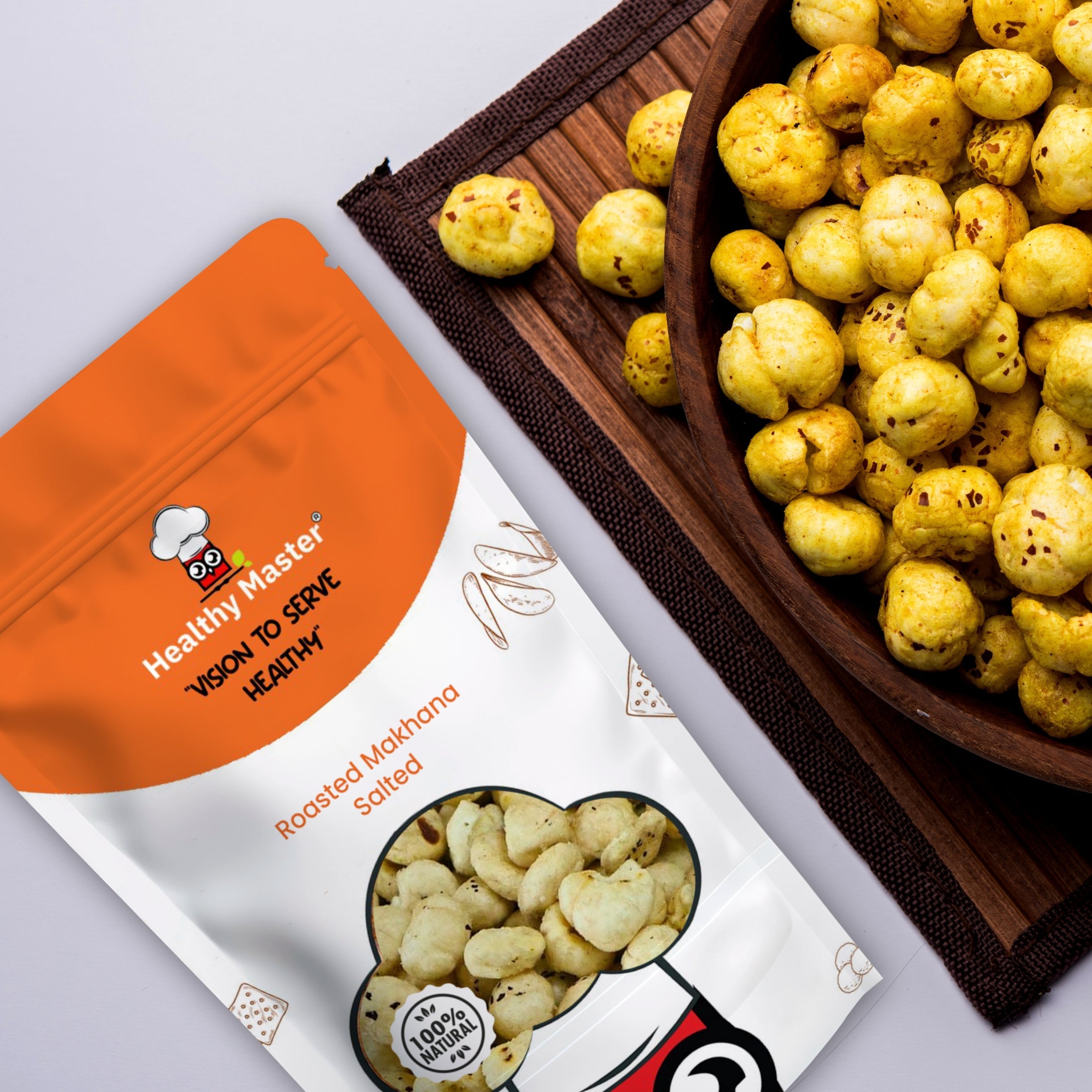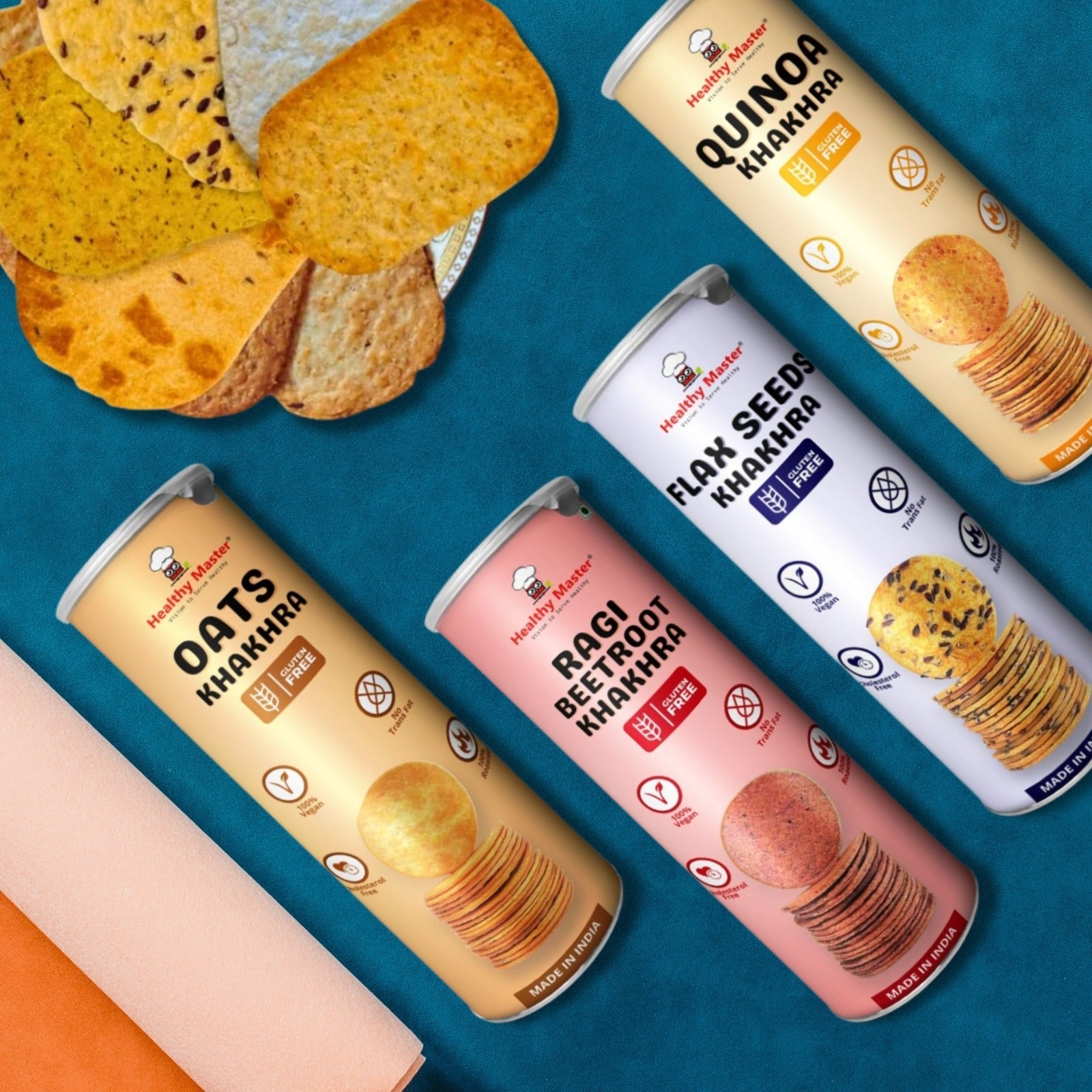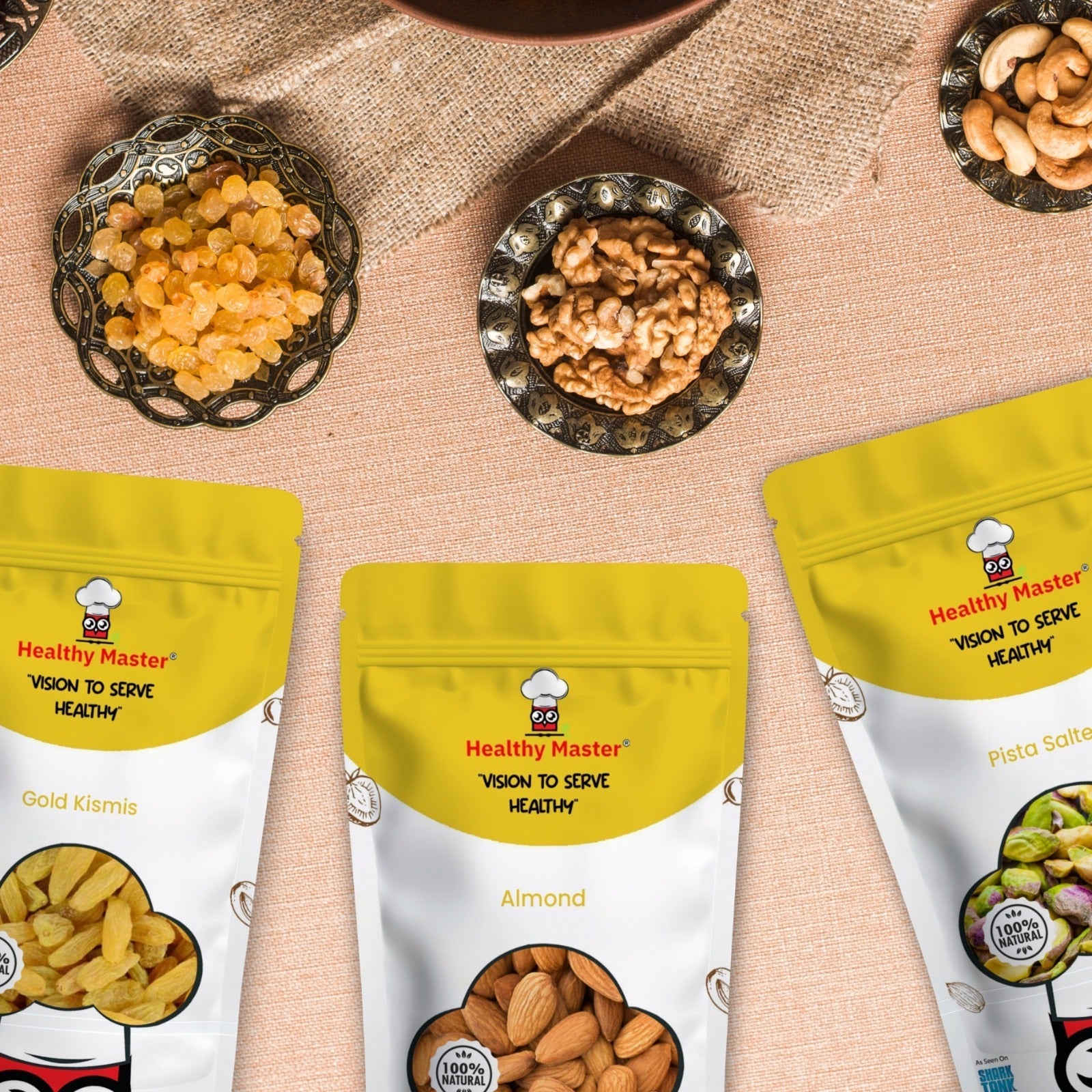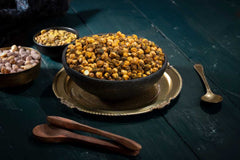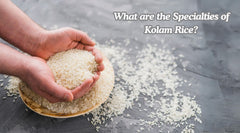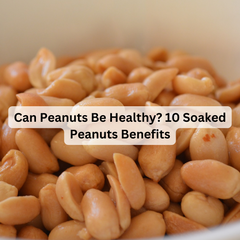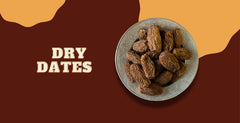Introduction
Managing diabetes is more than just a daily dose of medicine; it’s about lifestyle, food habits, and making mindful choices at every meal. And when it comes to diet, grains play a big role. For decades, white rice and wheat dominated Indian plates, but here’s the problem: both of these can cause sharp spikes in blood sugar.
That’s where millets come in. These humble, traditional grains are slowly making a grand comeback in modern Indian kitchens. Packed with fiber, nutrients, and a naturally low glycemic index, millets are now considered one of the best millets for diabetic patients in India. But with so many millet varieties available, which one should you pick? Let’s break it down in a simple, no-jargon way.
Why Millets are Good for Diabetic Patients
Ever wondered why nutritionists keep recommending millets for diabetes in India? It all comes down to their low glycemic index (GI). Unlike polished rice that dumps sugar into your bloodstream quickly, millets release glucose slowly. This keeps your blood sugar levels steady and reduces those dreaded “sugar spikes.”
Here’s why millets are diabetic-friendly:
-
Low GI foods - Help regulate blood sugar.
-
High fiber content - Keeps you full longer, reduces overeating.
-
Rich in protein & minerals - Support muscle strength and overall health.
-
Weight management - Since obesity is a risk factor for type 2 diabetes, millets help with satiety and portion control.
Compared to refined grains like rice and wheat, millets are a clear winner for diabetics. Think of them as an ancient Indian superfood rediscovered for modern health.
Best Millets for Diabetes Control
Now, let’s get to the heart of the matter: Which millet is good for diabetes? Here’s a closer look at the top diabetic-friendly millets in India.
1. Foxtail Millet (Kangni)
Foxtail millet is one of the best millets for diabetes control. With its low GI and high dietary fiber, it slows down sugar absorption and improves insulin sensitivity.
Pro tip: Swap half your daily rice intake with foxtail millet khichdi. It’s light, tasty, and helps keep post-meal sugar levels in check.
2. Barnyard Millet (Sanwa)
Barnyard millet deserves special attention; it has one of the lowest GI values among all grains. It digests slowly, prevents sudden sugar rushes, and is excellent for diabetic-friendly meals.
Try barnyard millet upma with lots of veggies. It tastes just like semolina upma, but keeps your sugar stable.
3. Finger Millet (Ragi)
Ragi is widely loved across South India, especially as ragi mudde or porridge. What makes it special is not just its diabetes benefits but also its calcium content, great for bone strength.
Perfect for older diabetic patients who need extra support for both blood sugar and bone health.
4. Pearl Millet (Bajra)
Bajra is rich in magnesium and fiber, making it great for both blood sugar and blood pressure control. It also keeps you warm in winters, which is why bajra rotis are a staple in many Indian households.
Pair bajra roti with dal and sabzi for a hearty, diabetic-friendly meal.
5. Little Millet
If you’re someone who can’t give up rice, little millet is your best friend. It looks and cooks just like rice but has a much lower glycemic load.
Use it in pulao, curd rice, or even desserts like kheer—diabetics don’t have to feel deprived anymore.
6. Kodo Millet
Kodo millet is rich in antioxidants and helps fight oxidative stress, which is often higher in diabetics. It’s also great for preventing sudden glucose fluctuations.
A bowl of kodo millet upma in the morning sets the tone for a balanced day.
Also Read: Millets for Athletes
Best Grains for Diabetes Patients (Comparison)
So, how do millets stack up against common grains like rice, wheat, or oats? Let’s look at their glycemic index values (lower is better for diabetics):
|
Grain/ Millet |
Glycemic Index (GI) |
Diabetic-Friendly? |
|
White Rice |
70+ |
No (high sugar spike) |
|
Wheat |
65 |
Moderate |
|
Oats |
55 |
Good |
|
Foxtail Millet |
50 |
Excellent |
|
Barnyard Millet |
40 |
Best |
|
Finger Millet (Ragi) |
45 |
Excellent |
|
Pearl Millet (Bajra) |
54 |
Good |
|
Little Millet |
52 |
Excellent |
|
Kodo Millet |
48 |
Excellent |
As you can see, millets consistently rank lower than rice and wheat, making them among the best grains for diabetes patients.
How to Include Millets in a Diabetic-Friendly Diet
Switching to millets doesn’t mean giving up taste. In fact, they’re super versatile. Here are some practical ways to add them to your meals:
-
Breakfast: Millet upma, ragi dosa, or millet-based porridges.
-
Lunch: Millet khichdi, little millet pulao, or bajra rotis.
-
Snacks: Healthy Master’s millet chips or baked bhakharwadi.
-
Dinner: Millet dosas, kodo millet salads, or foxtail millet stir-fry.
Also read about: Nutritious Millet Recipes
Pro tip for diabetics: Always pair millets with vegetables and protein sources (like dal, curd, or paneer). This slows down digestion and further prevents sugar spikes.
For those struggling with portion control, aim for one millet-based meal a day, then gradually increase as your body adjusts.
Tips for Diabetic Patients While Consuming Millets
While millets are great, moderation is key. Here are a few quick guidelines:
-
Portion control matters – Too much millet can still add calories.
-
Mix and match – Rotate between different millets to get diverse nutrients.
-
Balance your plate – Combine millets with veggies, proteins, and healthy fats.
-
Stay hydrated – Millets are fiber-rich, so drink plenty of water.
-
Personalization is key – If you’re unsure, consult a dietitian to design a millet-based diabetic diet plan.
Conclusion
When it comes to managing diabetes through diet, choosing the right grain is half the battle won. Millets aren’t just trendy; they’re truly one of the best millets for diabetic patients in India. From barnyard millet with its ultra-low GI to ragi that nourishes both sugar control and bone health, these ancient grains can make a modern difference in diabetic-friendly living.
At the end of the day, small swaps, like bajra roti instead of wheat or little millet pulao instead of rice, add up to big health wins. And if you’re looking for convenient ways to enjoy them, try Healthy Master’s range of millet-based snacks and flours. Because managing diabetes doesn’t mean giving up taste, it means choosing smarter.
Ready to start your millet journey? Explore our Healthy Millet Snacks Collection today and bring home the goodness of grains that care for your health.
FAQs on Millets for Diabetes in India
1. Which millet is best for diabetes control in India?
Barnyard millet and foxtail millet are among the best choices due to their low glycemic index and ability to regulate blood sugar.
2. Can diabetics eat millet daily?
Yes, diabetics can eat millet daily, but portion control is important. Balance it with proteins and vegetables for the best results.
3. Is millet better than rice for diabetes patients?
Absolutely. Millet has a much lower GI than polished white rice, meaning it won’t spike blood sugar the way rice does.
4. Which is healthier for diabetics: millet or oats?
Both are healthy, but millets offer more variety, higher fiber, and local availability in India, making them a better long-term choice.
5. How much millet should a diabetic patient eat per day?
Around 1 to 2 servings (half to one cup cooked) per day is a safe and beneficial amount for most diabetics.
 Deal of the week : Trial Snack Box - 18 Wholesome Delights Just at ₹ 899.00
Deal of the week : Trial Snack Box - 18 Wholesome Delights Just at ₹ 899.00

